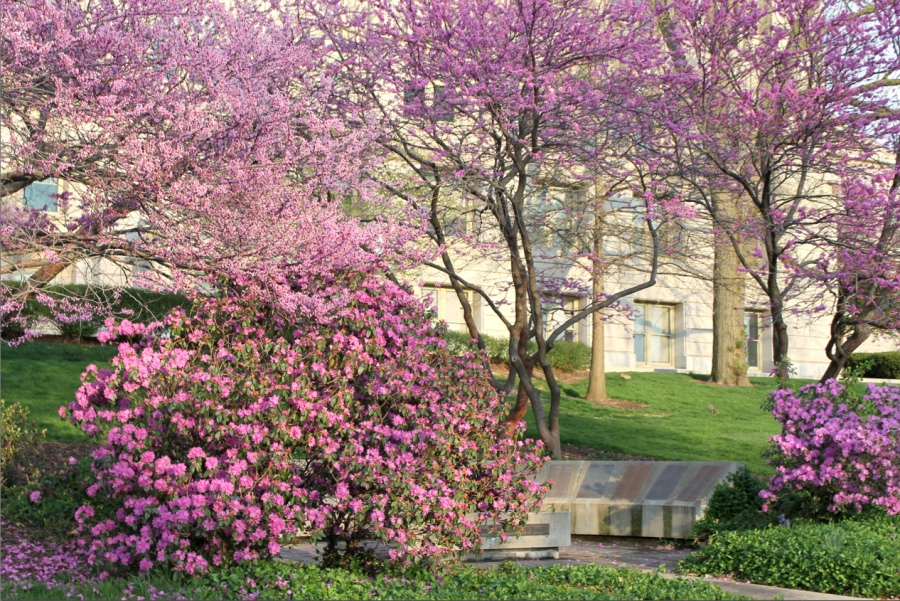As a way of celebrating Arbor Day, the University of Iowa is putting 8,000 trees on the World Wide Web.
Today, the University of Iowa unveiled a new website documenting all of the almost 8,000 trees on campus. The public database took three years to build, using an advanced geographic information system called arcGIS.
The system is not only open for people to browse freely, it also facilitates the jobs of the “tree crew” in UI Facilities Management.
UI arborist Mike Rhinehart said this has been especially helpful with the recent outbreak of emerald ash borer. This has infected several green ash trees on campus and will likely wipe out all 560 ash trees on campus over the next few years.
“Now, we’re trying to diversify our trees,” Rhinehart said. “We need to make sure we’re not getting too heavy in one category so if something does come and wipe out all of one species, it’s not going to make that big of a hole.”
With the arcGIS system, Rhinehart can find out how many ash trees are on campus and where they are located, and he can determine what species should replace the ash trees in order to have a rich variety of trees.
Besides listing facts and numbers about each tree, the database includes photos of the trees and any special notations about it, such as if it is dedicated to someone.
“With donor trees or memorial trees, we’ll be able to put them on here instead of putting plaques on each of the trees,” Landscape Services supervisor Shawn Fitzpatrick said. “If people want to see the tree, there will be photos, and they can see who it’s for.”
UI Facilities Management has compiled tree data since 1989, but the system was not updated regularly and was several years out of date when officials began to create the arcGIS site.
“We can take the iPad or iPhone out and we have GPS on there, so we can go right to where we planted the tree and plop it in the system,” Landscape Services manager Scott Gritsch said. “To us, it’s a very useful tool, and if others want to see what we’ve got, they can check it out.”
Rhinehart said data from this tool also can offer insight into how much carbon is being held in the trees and how much storm water the trees keep from running off into the river.
“The more information you put in, the more you can use it,” Rhinehart said. “It helps us with everything.”
Although this tool is primarily intended for use by Facilities Management staff, Rhinehart said, he thinks there’s a lot of public interest in the database and trees on campus in general.



